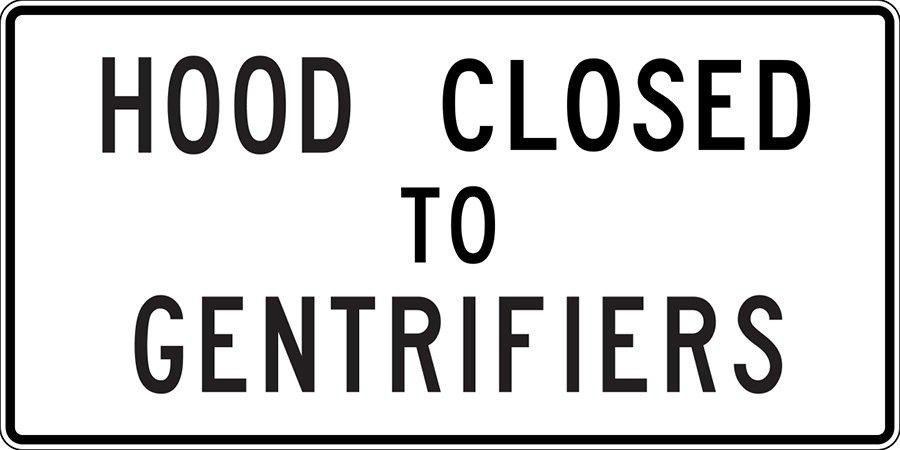Gentrification and Urban Culture: Balancing Development and Preservation
Urban neighborhoods are always changing, but few changes are as controversial as gentrification.
June 12, Written by Ryan Packer What is Gentrification?
Gentrification happens when wealthier people move into historically lower-income neighborhoods. This usually leads to renovated buildings, higher property values, and trendy new businesses. While it can improve the area, it often pushes out long-standing residents due to rising costs.
The Upside of Development
Supporters of gentrification highlight its benefits: safer streets, better amenities, and improved public services. Revitalized neighborhoods can attract new businesses and investments, leading to job creation and economic growth. For example, Brooklyn, New York, has transformed into a cultural hotspot with art galleries, music venues, and boutique shops replacing old warehouses.
The Downside of Displacement
On the flip side, gentrification can displace long-time residents. As rents and property prices rise, many people are forced to move, breaking up communities and eroding cultural heritage. The Mission District in San Francisco, a historically Latino neighborhood, has seen many locals pushed out by tech industry workers and luxury developments, threatening its unique cultural identity.
Finding a Balance
Balancing development and preservation is crucial. Here are some strategies:
Affordable Housing: Implementing policies that ensure affordable housing in new developments and offering rent control can help long-term residents stay in their homes.
Community Engagement: Involving local residents in planning ensures that development meets their needs and preserves the neighborhood’s character.
Support for Local Businesses: Providing financial incentives for local businesses can help them survive and thrive amidst changes.
Cultural Preservation: Investing in cultural heritage projects and supporting local artists can maintain the unique identity of neighborhoods.
Gentrification is a complex phenomenon, bringing both benefits and challenges. While it can lead to economic growth and improved living conditions, it often displaces residents and erodes cultural heritage. By balancing development with preservation, cities can foster growth that respects and retains the unique character of neighborhoods, ensuring everyone benefits from gentrification.
Creating this balance requires thoughtful planning, community engagement, and a commitment to inclusivity, helping urban spaces honor their past while embracing the future




